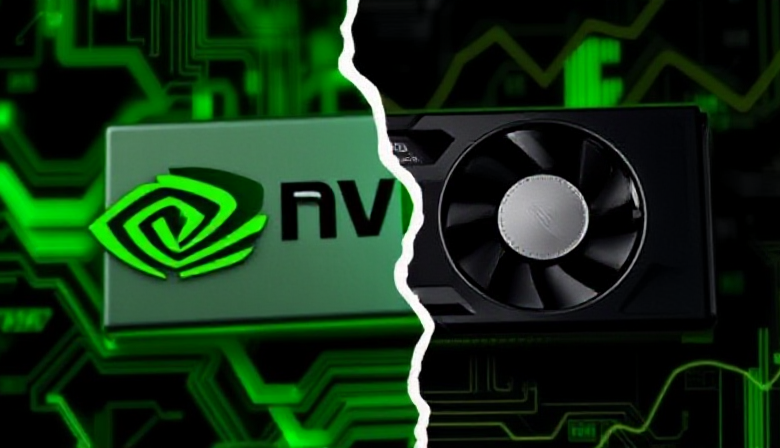Nvidia Stock Split: A Complete Guide to History, Impact, and Future

Nvidia Corporation (NASDAQ: NVDA) is one of the leading semiconductor companies globally, known for its dominance in GPU technology. With its rapid growth and soaring stock prices, many investors closely watch Nvidia’s financial decisions, including stock splits. In this comprehensive guide, we will explore Nvidia stock split history, the reasons behind these splits, their impact on investors, and future expectations.
What is a Stock Split?
A stock split is a corporate action in which a company divides its existing shares into multiple new shares. The total market capitalization remains the same, but the number of outstanding shares increases while the price per share decreases proportionally.
Why Do Companies Like Nvidia Split Their Stock?
Stock splits are commonly executed for several reasons:
- Increased Liquidity: Lower share prices make the stock more accessible to retail investors.
- Attracting More Investors: A split may encourage new investors to buy shares at a lower price.
- Maintaining an Optimal Price Range: Companies often split stocks to keep their per-share price within a range attractive to institutional and retail investors.
- Boosting Market Perception: A stock split can signal confidence in the company’s continued growth.
Nvidia Stock Split History
Nvidia has undergone multiple stock splits in its history. Below is a summary of its past splits:
1. June 27, 2000 – 2-for-1 Split
Nvidia conducted its first stock split as its stock price surged during the dot-com boom. This move made shares more affordable to new investors.
2. September 17, 2001 – 2-for-1 Split
Following strong growth in the gaming and graphics industries, Nvidia executed another 2-for-1 stock split.
3. April 7, 2006 – 2-for-1 Split
During the mid-2000s, Nvidia’s GPU technology gained widespread adoption, leading to another stock split.
4. September 11, 2007 – 3-for-2 Split
With strong earnings and increasing market share, Nvidia split its stock again, offering investors 3 shares for every 2 they previously held.
5. July 20, 2021 – 4-for-1 Split
Nvidia’s most recent stock split came in 2021 as the company experienced a massive surge in stock price, fueled by AI, data centers, and gaming.
The Impact of Nvidia Stock Split
Each stock split had a significant effect on Nvidia’s stock price, investor perception, and overall market performance.
1. Increased Accessibility for Retail Investors
With every split, Nvidia shares became more affordable, attracting more investors who might have been hesitant to buy at higher prices.
2. Short-Term Volatility, Long-Term Growth
After stock splits, Nvidia often experienced short-term volatility, but historically, the stock price continued to rise over the long term.
3. Enhanced Trading Volume
Each split increased trading volume as more investors could buy shares at a lower price.
How Nvidia Stock Splits Compare to Other Tech Giants
Several major technology companies have also undergone stock splits, including:
- Apple (AAPL): Has conducted multiple stock splits, including a 4-for-1 split in 2020.
- Tesla (TSLA): Executed a 5-for-1 split in 2020 and a 3-for-1 split in 2022.
- Amazon (AMZN): Conducted a 20-for-1 stock split in 2022.
Nvidia stock splits align with those of these tech giants, demonstrating its growth strategy and long-term vision.
Will Nvidia Stock Split Again?
Given Nvidia’s rapid growth in AI, gaming, and data centers, another stock split is possible in the coming years. Factors that may influence a future split include:
- Stock Price Growth: If Nvidia’s stock price rises significantly, a split could make it more accessible.
- Market Conditions: Strong earnings and demand for GPUs may prompt another stock split.
- Investor Demand: High trading volumes and investor interest could push Nvidia to consider another split.
How to Invest in Nvidia Before a Stock Split
If you’re considering investing in Nvidia before another potential stock split, keep these points in mind:
- Analyze Financial Performance: Review Nvidia’s earnings reports and growth trends.
- Watch Stock Price Trends: If Nvidia’s stock price continues to climb, a split may be more likely.
- Consider Long-Term Potential: Nvidia’s involvement in AI, cloud computing, and autonomous vehicles suggests strong future growth.
Conclusion
Nvidia stock splits have played a crucial role in making its shares more accessible and attractive to investors. With a history of multiple stock splits and strong market growth, Nvidia remains a key player in the tech industry. Whether or not another stock split happens soon, its strong fundamentals and innovation make it an appealing investment option.
Frequently Asked Questions
1. When was Nvidia’s last stock split?
Nvidia’s most recent stock split occurred on July 20, 2021, as a 4-for-1 split.
2. Does a stock split increase Nvidia’s value?
No, a stock split does not increase the company’s total market value. It only increases the number of shares while reducing the per-share price.
3. Will Nvidia have another stock split?
While Nvidia has not announced another stock split, its continued growth may lead to one in the future.
4. How does a stock split affect existing Nvidia shareholders?
Existing shareholders receive additional shares, but the total value of their holdings remains the same immediately after the split.
5. Should I buy Nvidia stock before or after a split?
Investing before a stock split can be beneficial if the stock continues to rise. However, long-term potential should always be the primary consideration.




